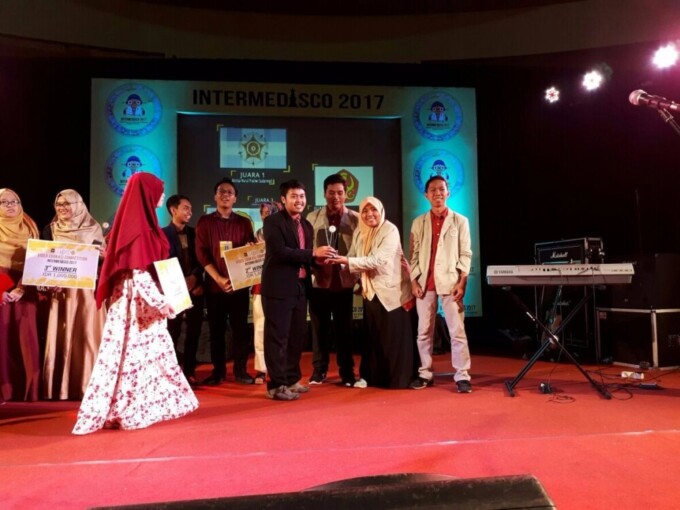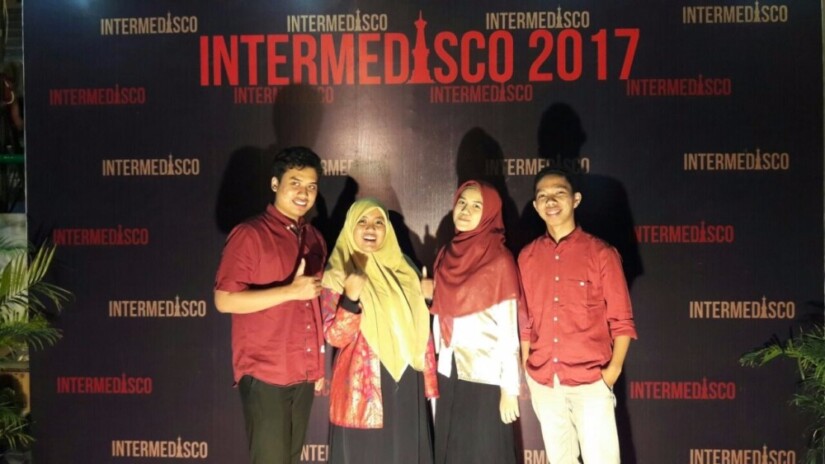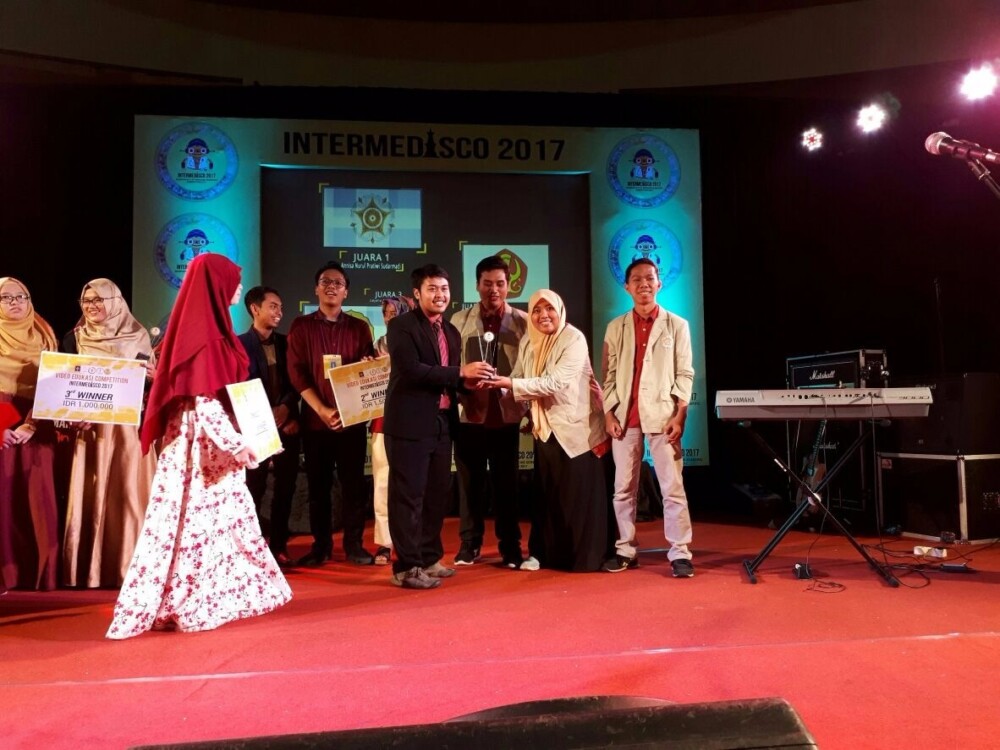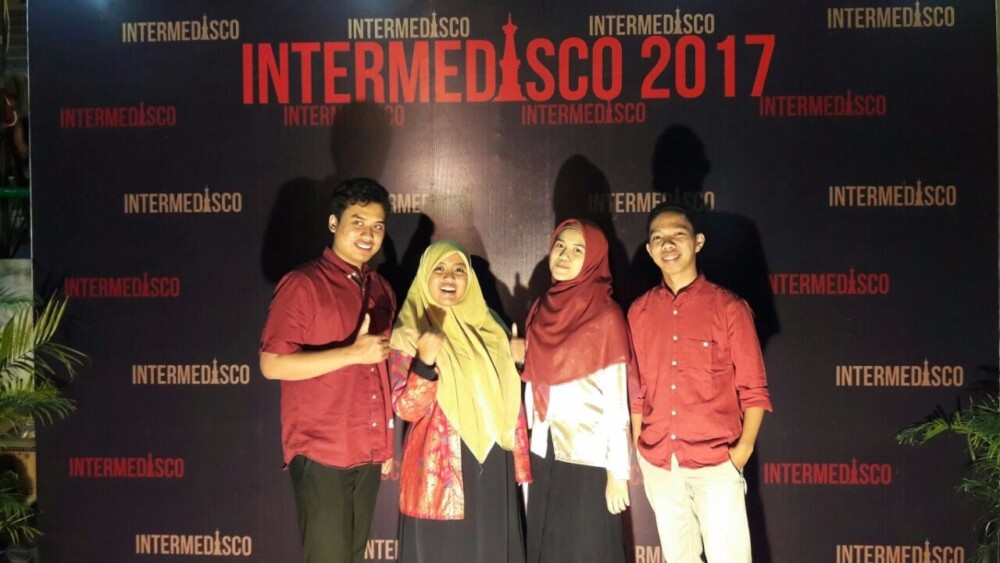Electroporation is a phenomenon of the formation of biological cell membrane pores due to an electrical pulse. In medical therapy, the formation of membrane pores will help the medicine to enter the cell that usually is difficult to be penetrated due to the insulating properties of the cell membrane. However, all this while, the effect of the electric field towards biological tissues has yet to be known. On the other hand, it can encourage the formation of cell membrane pores that can close again to prevent the cell from a permanent damage.
A Doctoral student at Electrical Engineering and Information Technology, Faculty of Engineering UGM, Warindi, succeeded to conduct a research on the behavior of conductance on the electroporation of a single exponential decay pulse voltage. According to Warindi, this research is potential to enhance the quality of therapy for various deadly diseases. “The purpose of my research is to know the electroporation model of biological tissues that is expected to increase the recovery possibility and decrease the death rate,” said Warindi during the open examination for doctoral programme at Faculty of Engineering on Friday (28/7).
Based on his research, the time needed by the biological cell membrane pores to open due to electroporation is 0.086 millisecond and the longest period is up to 0.395 millisecond. The conductance and recovery time of the membrane pores will increase during the pulse in line with the increase of intensity and duration of the electroporation pulse. “Conductance experiences a very high increase at the beginning of the pulse and then decreases at a slower rate toward the initial conduction value,” said Warindi who is a lecturer at Electrical Engineering, Mataram University, West Nusa Tenggara.
Although this is only a fundamental research, Warindi emphasized that he would further the research so that the utilization of electroporation for food processing, sanitation, agriculture, biotechnology, and medicine will continue to develop.






